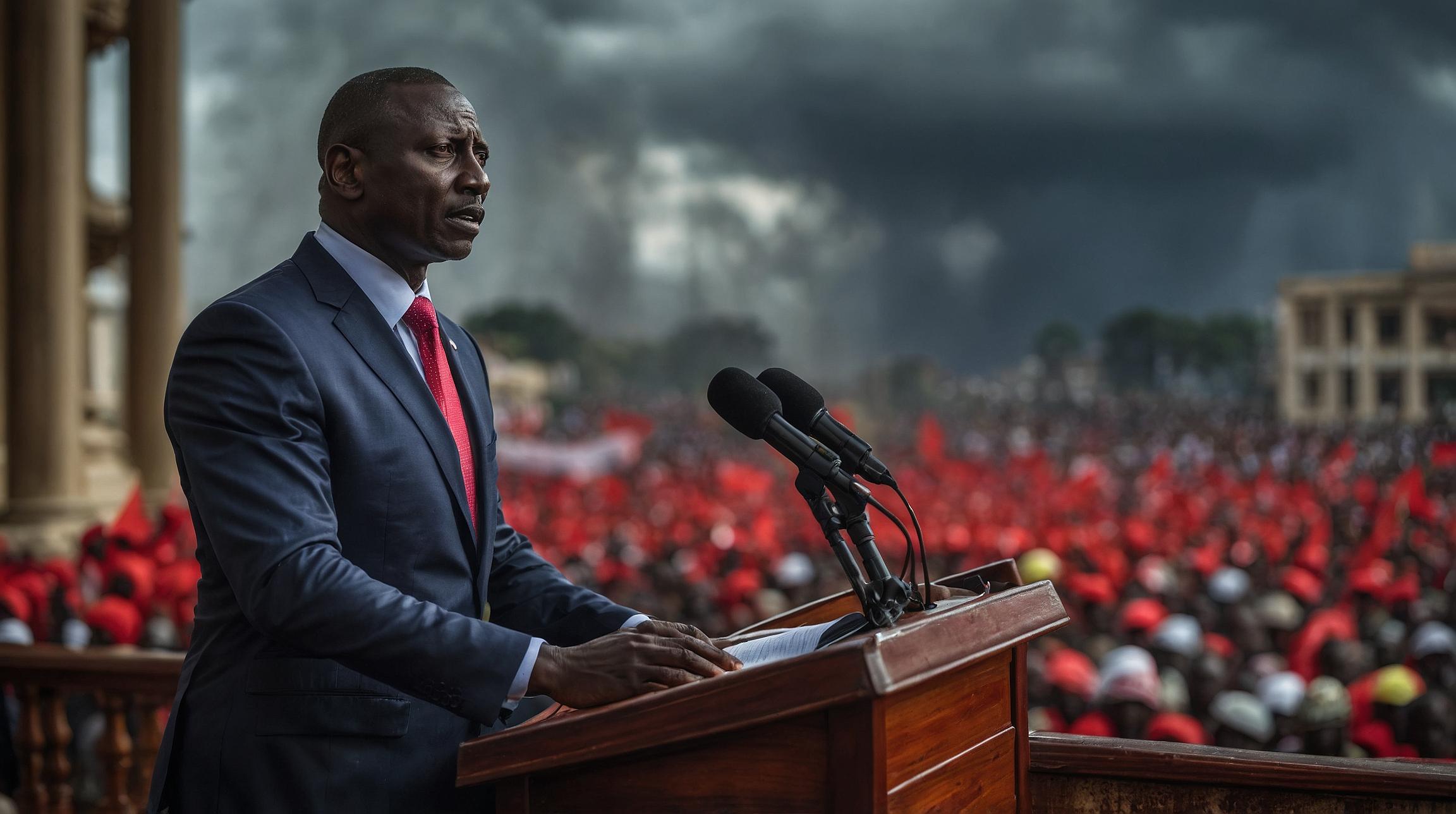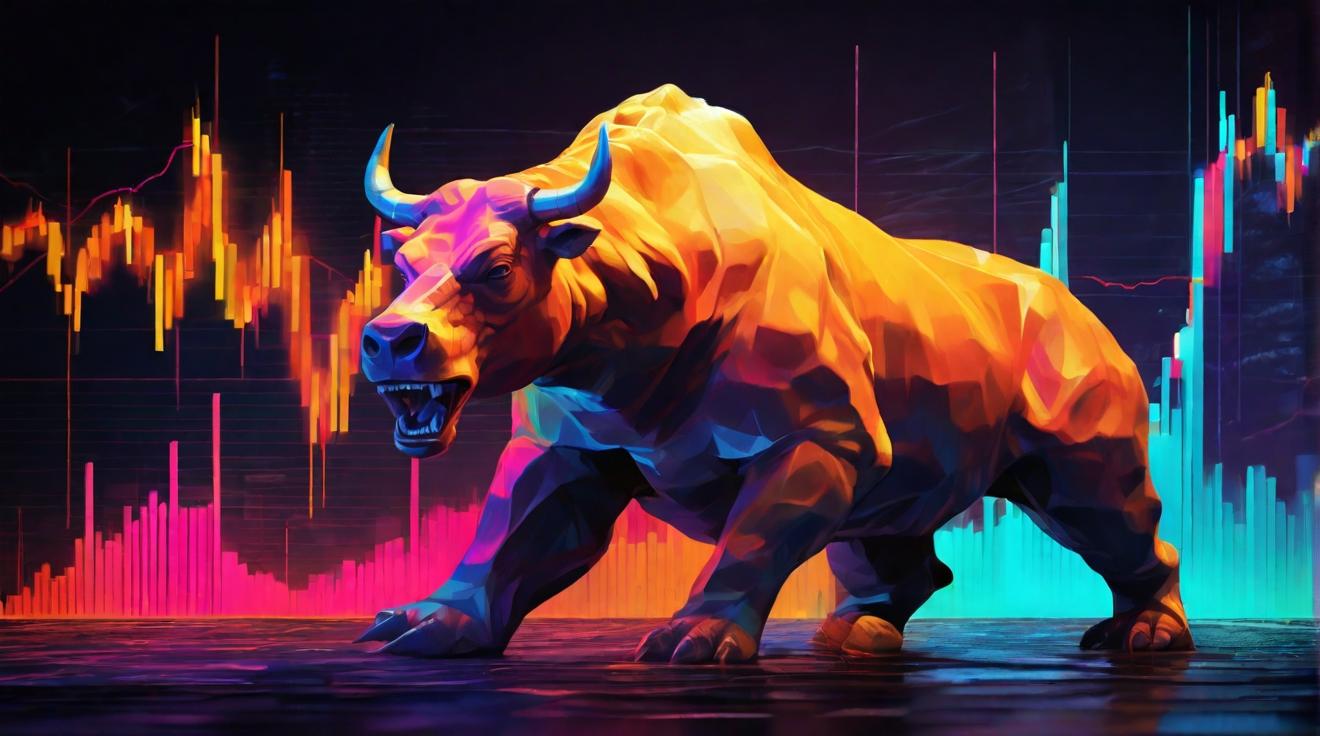Deep in the world of options trading, a threat to the year’s consistent stock-market calm has emerged. Although the benchmark indexes have shown minimal change, the daily shifts in the S&P 500 reveal increased volatility, the highest since June. One catalyst for this uncertainty is the economic ambiguity and the policies of central banks. However, a more significant driver might be market makers adjusting their positions.
The Threat to Stock Market Calm: Options Trading Takes Center Stage
Options trading has taken center stage in the stock market, posing a threat to the calm that has characterized the market in 2023. While the benchmark indexes have remained relatively stable, the daily shifts in the S&P 500 have seen an uptick in volatility, reaching their highest levels since June. This increase in volatility can be attributed to a combination of economic ambiguity and the actions of central banks. However, one of the major drivers of this volatility is the adjustments being made by market makers.
Why Increased Volatility in the S&P 500 has Analysts Worried
The increased volatility in the S&P 500 has raised concerns among analysts. This volatility is driven by a number of factors, including economic uncertainty and debates over the Federal Reserve’s monetary policies. Mixed sentiments about inflation have also contributed to market fluctuations. The S&P 500 has experienced drops, and the average intraday shift over five sessions has been 1.1%, the highest since June.
Market Makers’ Adjustments Amplify Stock Market Fluctuations
Market makers, who have the power to move millions of shares for hedging, have recently adjusted their positions in a way that could amplify market fluctuations. Earlier in the year, these market makers significantly reduced price volatilities, but now their movements are intensified and no longer subdued. This change in market dealer stance is different from earlier in the year when they were opposing existing market trends. The exposure towards S&P 500 options has turned negative for the first time this year, according to Goldman Sachs’ model.
Concerns Grow as Option Dealers Shift Positions in Derivatives Market
Trading desks at prominent firms like Goldman Sachs and Morgan Stanley have raised concerns about potential market disturbances due to option dealers shifting their positions in the derivatives market. These shifts have moved from a “long gamma” position to a more negative stance. The complexities of the derivatives market and its influence on underlying stocks make it difficult to predict the exact impact, but the concerns among market participants are growing.
Will Rising Volatility Shake the Calmest Year for U.S. Stocks Since 2019?
Throughout 2023, U.S. stocks have enjoyed a consistent upward trajectory with low volatility. The VIX, which measures the volatility of S&P 500 options, is currently below its average, indicating that this has been the calmest year for stocks since 2019. However, experts warn that an increase in volatility, similar to what was seen during the banking distress in March, could lead investors to adopt a more risk-averse stance. This could have an impact on asset prices and potentially the broader economy.
As options trading takes center stage in the stock market, the calm that has characterized 2023 may be threatened. Increased volatility in the S&P 500, driven by economic uncertainty and market maker adjustments, has raised concerns among analysts. The shift in option dealers’ positions in the derivatives market has added to the uncertainty. While the year has been relatively calm for U.S. stocks so far, experts warn that rising volatility could have broader implications for the economy. Investors will be watching closely to see if the market can maintain its steady course or if greater turbulence lies ahead.
Analyst comment
Neutral news.
As an analyst, the increased volatility in the stock market, driven by options trading and market maker adjustments, raises concerns for the calm market conditions of 2023. The shift in option dealers’ positions in the derivatives market adds to the uncertainty. It remains to be seen if the market can maintain its steady course or if greater turbulence lies ahead.













